Funded under the National Recovery and Resilience Plan (NRRP), Mission 4 Component 2 Investment 1.3, Theme 10.
We spoke with Prof. Filippo Arfini, coordinator of Spoke 1, in an interview that covers various topics, all related to the sustainability of food supply chains with a particular focus on the social dimension: the challenges and opportunities of short supply chains and urban agriculture, the importance of inclusive food policies ensuring equitable access to food for all social categories. Additionally, the issue of food waste and the need for specific strategies to reduce waste, especially in large-scale distribution.
Once again, within OnFoods, it emerges that research on food systems can and must support policy decisions, providing clear and detailed contextual analyses that directly guide policymakers. Such collaboration between decision-makers and research cannot exist without including citizens at the core of the process.
Because the impact of research will only be truly effective if it employs transdisciplinary approaches and participatory methods that directly involve stakeholders in the territory.
Only in this way will the relevance and responsiveness of R&I increase, ensuring alignment with the needs, values, and expectations of society.
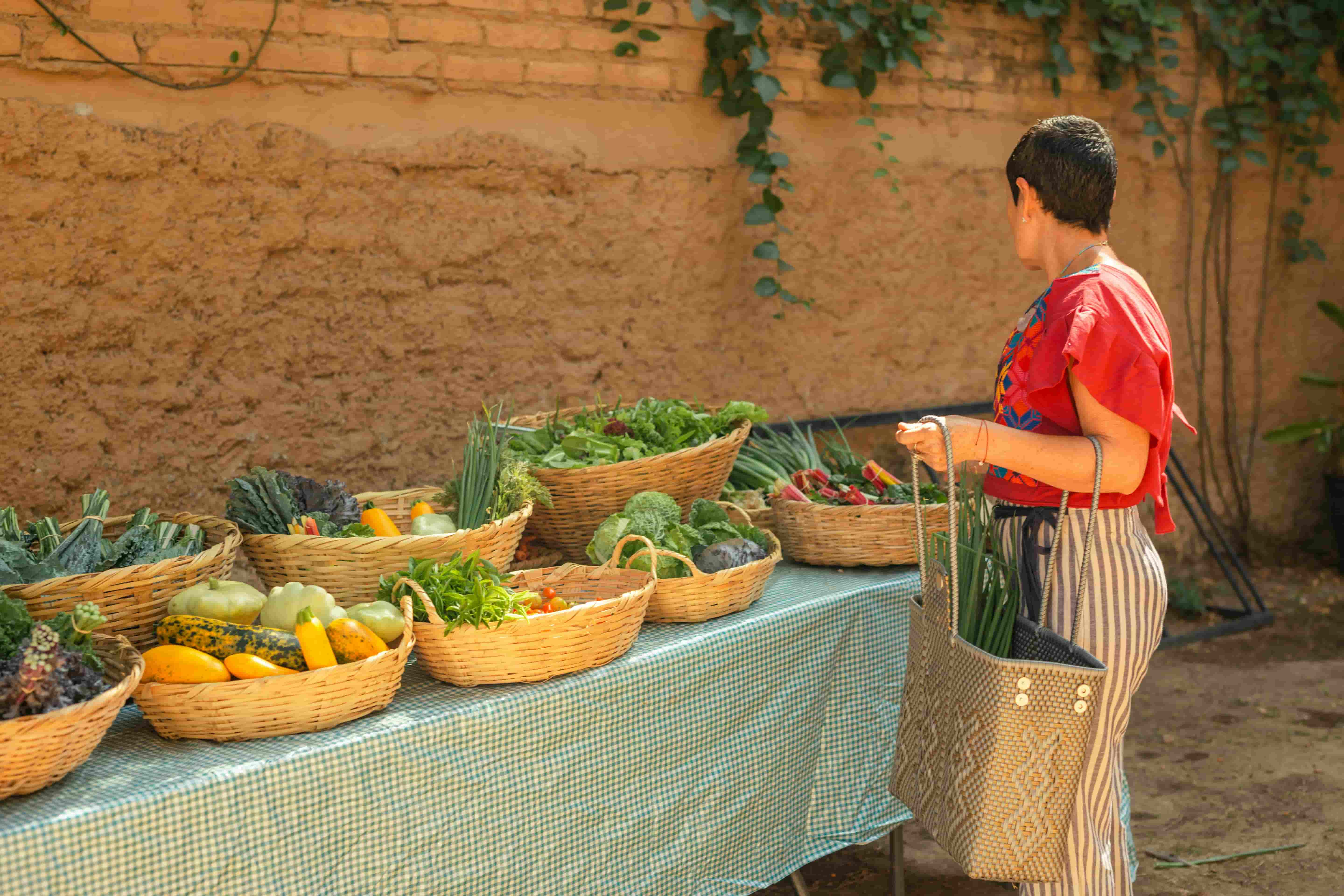
✅ More efficient and at the same time more sustainable supply chains, to ensure equal, healthy and sustainable access to food; but also knowledge transfer between research, business and the public sector. Spoke 1 encompasses the dimensions of production, distribution and finally food habits, with a 'global' and inclusive approach to food. Let's start with the name you have chosen for your research group, 'Global Sustainability': two words that deserve to be deepened and cleared up.
These are in fact two umbrella terms that need explanation. By 'global', Spoke 1 refers to a broad view which includes all aspects of sustainability: environmental, economic, social and governance sustainability; with a focus on the last pair, social and governance sustainability, which often receives less attention than the first two. Nonetheless, social sustainability is a crucial dimension because both producers and consumers are not alien bodies in the society, they are fundamental agents. Social sustainability is not only about people's immediate needs, but also about how different social layers culturally perceive food. Because food is not only a way to satisfy needs, but also represents a cultural and identity prism.
The concept of social sustainability is undoubtedly broad, with numerous definitions, each tied to a different focus. Some view social sustainability as a prerequisite for achieving environmental sustainability, while others see it as a complementary element to other forms of sustainability. There is a long tradition of studies on this topic—not only economic but also sociological and political. Moreover, there is extensive literature on the connection between social sustainability and concepts such as social capital, social participation, and social cohesion. In our research context, one of the most relevant definitions, albeit broad, is the capacity to build social bonds.
Our concept of "global sustainability" therefore involves analyzing the entire food production cycle, from cultivation to the final consumer, as part of a unified strategy. This approach views consumers not just as passive subjects who consume, but as conscious participants in the entire process. Often, however, the sector is analyzed in segments: agricultural, industrial, distributive, and finally the consumer. Thinking of these segments as interconnected nodes would help us in developing effective coordination mechanisms, both top-down—when industry or policy drives the action—and bottom-up—with consumers organizing themselves to improve quality and reduce costs.
A key aspect of Spoke 1's activity is certainly the focus on short supply chains and alternative food networks, based on the premise that industrial supply chains managed by large-scale distribution are generally less sustainable, whereas alternative supply chains aim to reduce environmental impact and promote more conscious and localized consumption.
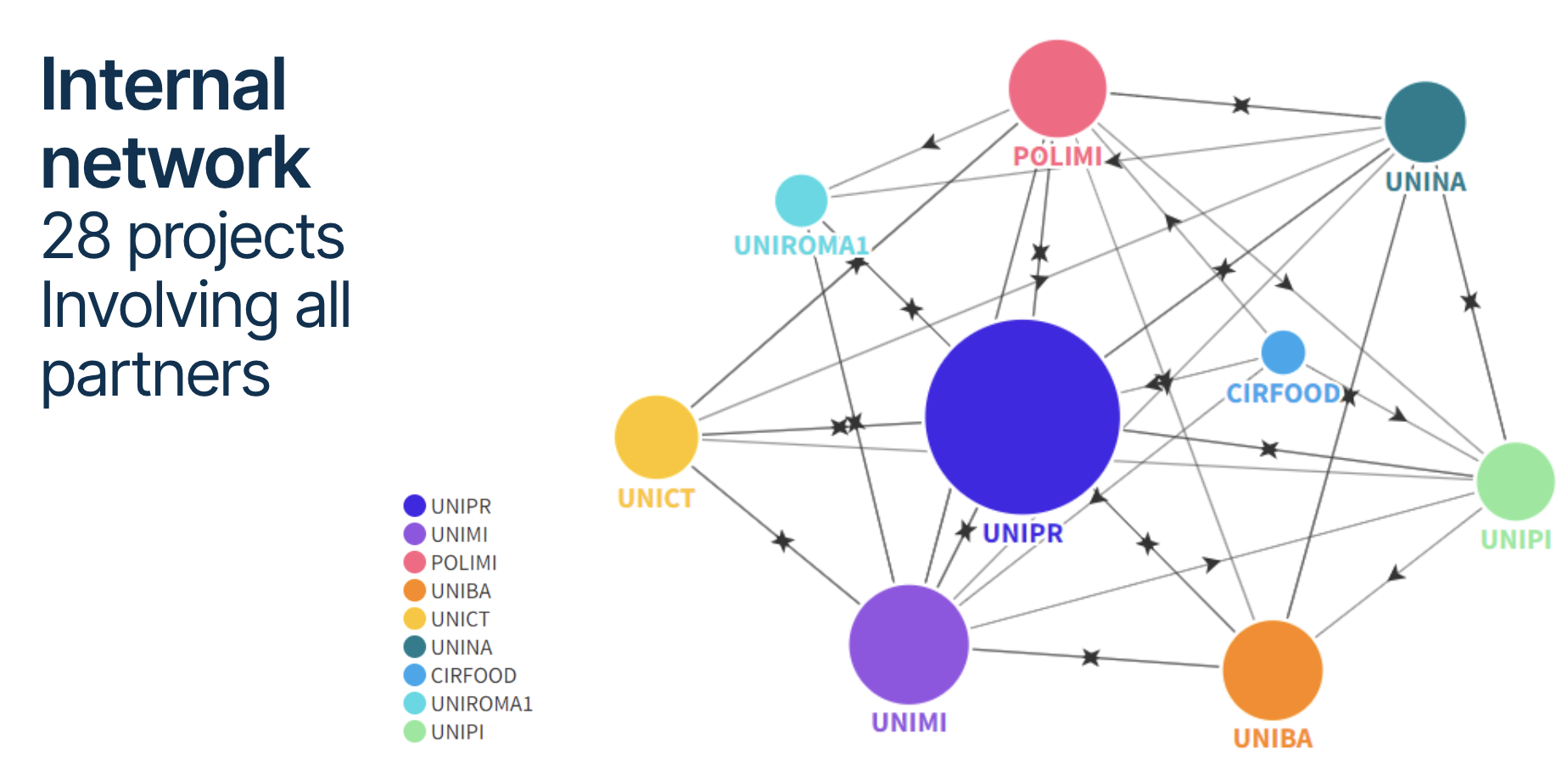
✅ The Spoke 1 involves a diverse group of expertise with technical, economic, managerial, social, and legislative competences. Could you clarify who participates in the working group and what skills they bring?
In our skills map, technical expertise is crucial as it covers all strategies for food production, processing, and distribution. These strategies are closely tied to food safety levels, influenced by the treatments food undergoes. For instance, organic farming represents a production choice that requires advance planning to ensure superior product quality.
The socio-economic component is essential for developing both quantitative and qualitative analyses that take into account social characteristics through methodologies such as Social Network Analysis (SNA) and studies aimed at understanding the psychology of food consumption. From an economic perspective, it is important to consider transaction costs among the various agents involved in the food supply chain. Additionally, the use of statistical-economic indicators helps in highlighting specific sustainability levels.
Lastly, Spoke 1 integrates expertise in normative and legislative aspects, as norms guide the behavior of agents throughout the entire supply chain, from production to consumption. Laws and regulations impact all phases of the process and determine how sustainable practices are implemented and upheld.
✅ Let’s look more deeply at the research aims of each of the three Spoke 1’s Work Package.
The activities of Spoke 1 are structured into three main working groups, or Work Packages. In the first one, we focus on studying "food environments," which are the settings where food demand and supply meet. These environments encompass a wide range of products, from raw materials to processed goods. We examine the information available to consumers, assessing how it influences their purchasing decisions. This study allows us to better understand the availability and access to food, considering both economic and cultural aspects. Additionally, we analyze governance models that regulate the flow and distribution of food, taking into account the roles of public entities and organizations such as wholesale markets, which are also significant nodes for local shops. These local shops often serve the most vulnerable populations, but we note that they are gradually disappearing. In many large cities, there is a phenomenon of food deserts emerging, where physical access to supermarkets and stores is increasingly challenging.
During the lockdown, we witnessed many non-essential businesses being forced to close, resulting in job losses for many workers, especially those in precarious conditions, and severe financial difficulties for entrepreneurs. Local population mobility was restricted to their municipality of residence, reducing access to grocery stores outside that area. This phenomenon is not limited to metropolitan areas but also affects mountainous communities and rural areas, making them increasingly vulnerable to food deserts. We question whether alternatives exist to enhance food security and seek to understand how to develop them.
In the second Work Package, our aim is to analyze sustainability levels and communicate sustainability across various supply chains. We employ both quantitative and qualitative methodologies to assess overall environmental, economic, and social sustainability. Our analysis extends beyond individual businesses to examine the entire system that delivers food to different population groups or specific neighborhoods. This approach helps us identify sustainability levels and effectively communicate them to stakeholders.
The third WP focuses on dietary patterns and consumer behavior towards new foods and new food procurement methods. We explore how consumers respond to these innovations and their connections to the production world and surrounding territory. In Italy, for example, the link with the territory is particularly strong and influential.
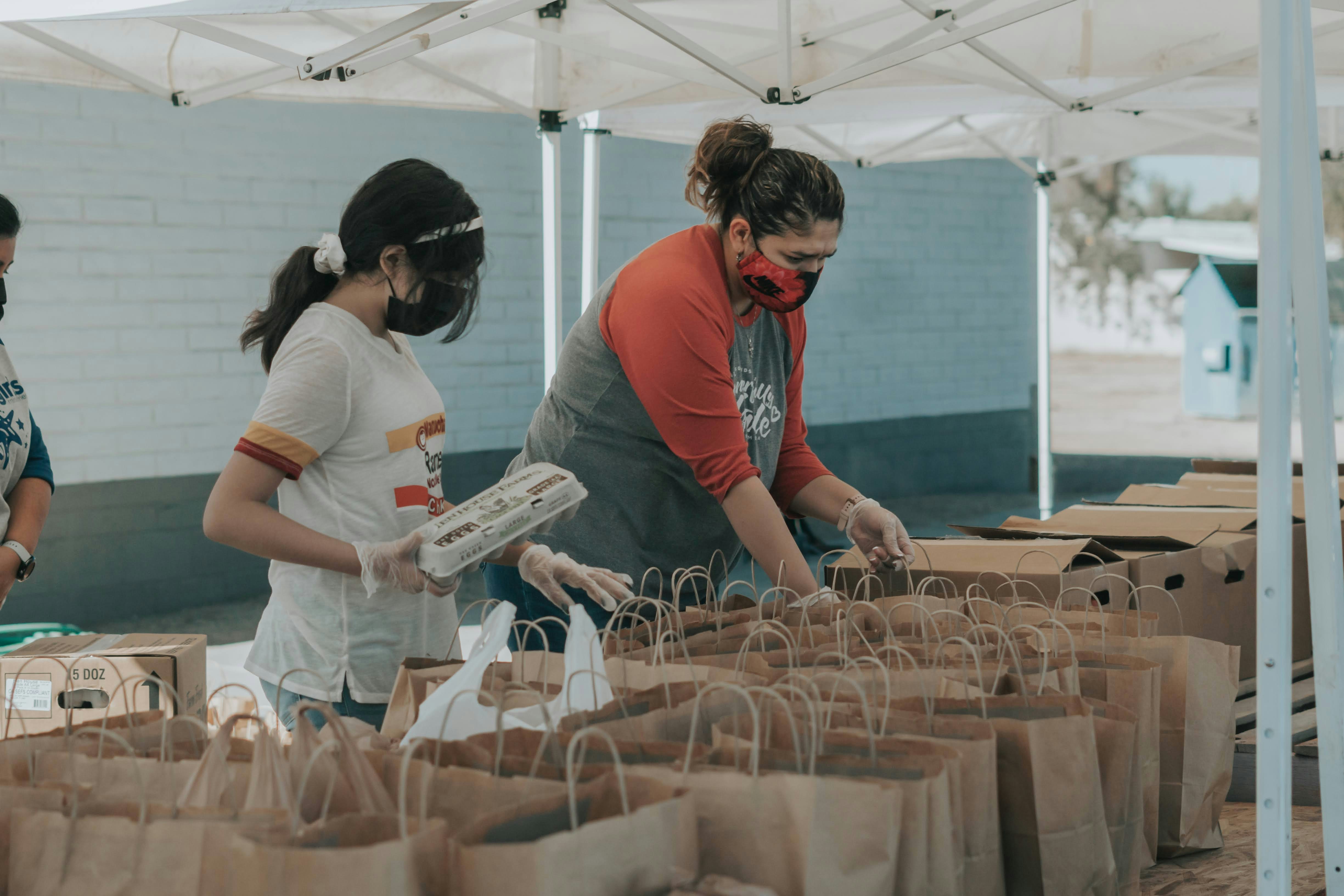
✅ A central theme for short supply chains is the transparency of value chains because it can make consumers more aware of the products and processes involved. Do you address this issue?
Transparency of value chains is a highly important theme, and we address it in Work Package 1. Working within the framework of short or alternative supply chains, transparency becomes a distinguishing element. Where there is direct contact between producer and consumer, or among other actors in the chain, the added value is perceived more clearly. This aspect is closely linked to another crucial element: the mechanism of trust.
In the system of short or alternative supply chains, there is a high level of trust among the actors involved. A higher level of trust also means that consumers better understand the pricing policies of a short supply chain compared to large-scale distribution.
Thanks to transparency and direct contact between producer and consumer, the added value of products is perceived more clearly, making consumers willing to support a higher cost justified by the quality and sustainability of the products.
A concrete example of our work is the study of certification mechanisms known as Participatory Guarantee Systems (PGS). In these systems, consumer groups personally visit the producer to establish direct relationships. This approach enables a clearer understanding of the product cost, which encompasses not only inputs but also the value of labor contributed throughout the process.
In this way, both producers and consumers can assess and clearly perceive the fair price of the product, strengthening the trust mechanism and justifying potentially higher prices.
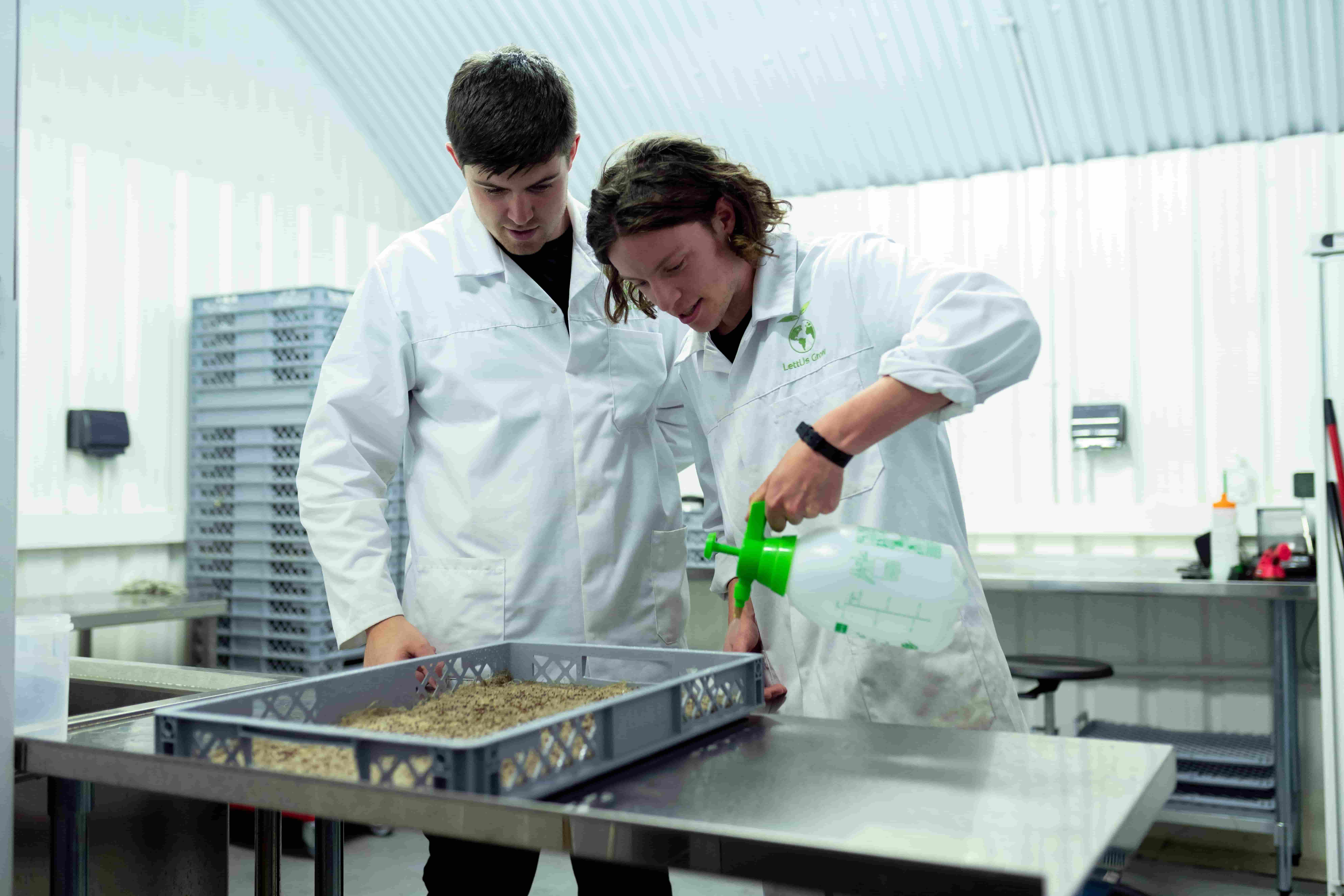
✅ There is also discussion about transferring knowledge of technological innovation within the ecosystem of small and medium enterprises, but above all about social innovation…
We also address the theme of technological innovation as a driver of social innovation within companies and, consequently, for society at large. Organizations can indeed be seen as enablers of social innovation, responding collectively to community needs through technological and social processes and collective actions that foster innovation. Therefore, we analyze the mechanisms of technology transfer within small and medium-sized enterprises in the food sector, aiming to understand their impacts in terms of social innovation.
In short supply chains, we observe social innovation, for example, when trust-based relationships are formed: on one side, there are citizen consumers, and on the other, citizen producers. The relationships between these actors not only promote greater transparency and understanding of real costs, as mentioned earlier, but also strengthen social fabric, fostering a sense of community and collaboration. In this sense, short supply chains are more resilient and sustainable contexts because they better meet the needs of both producers and consumers.
✅ We know well that after decades of limited interaction between the state and the market, the idea that governments can and should use public administration to pursue social, environmental, and economic objectives is beginning to regain significant ground. This is also a topic we are deeply passionate about in Italy: there's a push for less State intervention, but also a call for more State involvement, though perhaps the public is less accustomed to questioning how well policies have actually worked. Regarding the evaluation of food policy, how does Spoke 1 approach this issue?
Regarding policy evaluation, our goal is to develop and test the use of specific indicators relevant to policy decisions. While we have a range of traditional environmental indicators, our focus is primarily on economic and social indicators.
For example, one economic indicator we are working on is the "local multiplier," which measures the economic effect of consumer spending on the local area and how much of this spending remains within the local community, thereby promoting the local economy. For instance, if we want to understand how much of each euro spent stays within the local area, we use the indicator known as LM3, which tracks the flow of money through three subsequent steps after purchase: from the producer to the input supplier. Whether inputs are local or sourced from elsewhere affects both the economic impact and the knowledge exchange within the community.
There is indeed a trade-off between developing industrial supply chains with global inputs and fostering local supply chains that engage the entire chain from agricultural production through processing to consumption.
Another important aspect is the social indicator we use to understand which essential layers of the supply chain are involved in food production, processing, and distribution. This indicator relies on the analysis of social networks connected to a single producer and seeks to understand the social characteristics of these relationships.
All these approaches align with the new European ESG regulations in terms of communication and transparency. One of our goals is to develop prototypes of ESG certifications for small and medium enterprises.
The quality of sustainability data for businesses will increasingly be of paramount importance, both in terms of coverage and consistency, especially following the introduction of EFRAG/ESRS accounting standards for sustainability reporting starting in 2025. While these new standards currently do not directly apply to small and medium enterprises (SMEs), they indirectly impact them through supply chains. Therefore, businesses must first transition towards recognizing the importance of ESG issues.
From there, there will be a growing need to move towards ESG disclosure, which involves companies disclosing information about their environmental, social, and governance impacts and performance. This transparency can lead to appropriate monetary policy evaluations or improved access to credit conditions.
Furthermore, declaring commitment to social, economic, and governance sustainability could enable businesses to secure more favorable prices or, at the very least, foster consumer loyalty at comparable price points.
Quality, therefore, extends beyond taste to encompass the concrete ethical and social stories that these businesses pursue through their steadfast commitment, making effective communication essential.
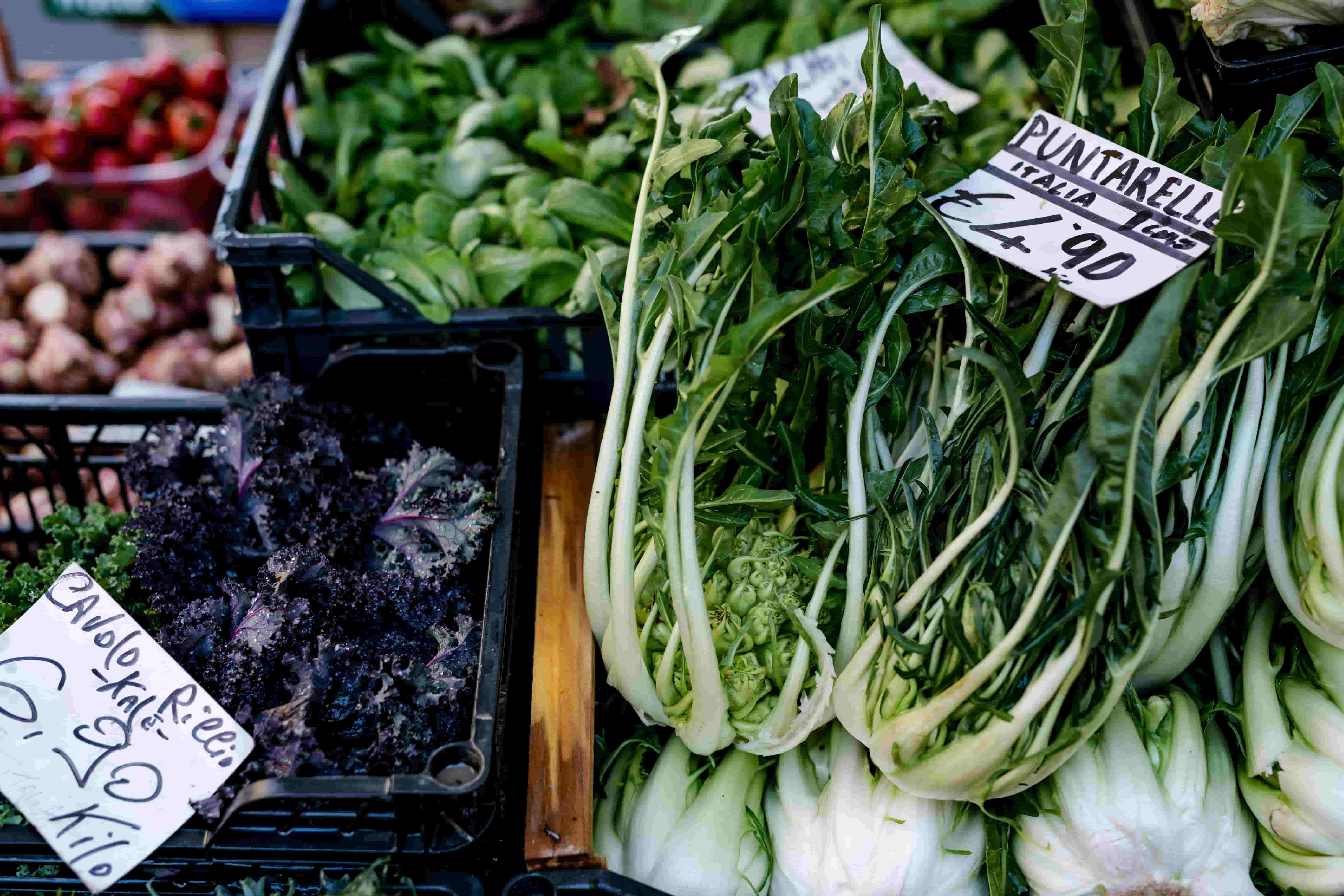
✅ I would like to stimulate reflection on a topic that is widely discussed in public opinion: while it is intuitive to consider short supply chains and urban agriculture as models of food management that are healthier and more sustainable, the question remains open as to whether these practices can, or should, ensure equitable access to food even for disadvantaged groups. There is indeed a cost difference that can pose a problem. How can this eternal impasse be resolved?
It's clear that shopping at a store that promotes short supply chains generally comes at a higher cost, as these establishments offer significantly better quality and taste compared to large-scale distribution. For instance, the taste and the quality of fruits in short supply chains are actually better. However, you're asking how to solve the accessibility problem. Here, policy comes into play. From our perspective, to promote an effective food policy, a mix of interventions and retail outlets is necessary to meet the needs of disadvantaged consumers. Policies should develop specific tools to ensure these consumers are not penalized. For example, some may face challenges accessing large-scale distribution physically or find local stores too expensive.
Moreover, there's the issue of food waste resulting from unsold goods in large-scale distribution outlets: we know that food waste from purchases in large-scale distribution is markedly higher compared to that from purchases in short supply chains. This is because when food is more expensive and of higher quality, consumers tend to pay more attention and waste less.
In this regard, many cities like Milan and Parma are already implementing specific strategies for those in need.
From a research standpoint, it is crucial to conduct a clear and well-defined contextual analysis and place it in the hands of decision-makers. They should adopt targeted and informed choices, integrating various tools and retail outlets to promote a comprehensive and inclusive food policy. This policy should ensure equitable access to food for everyone, regardless of their economic situation.
✅ Let's stick with food distribution. As mentioned, it's necessary to analyze the national context and the socio-economic characteristics that influence food distribution. What does your analysis of the context tell us?
The contextual analysis in our work is nearly complete, as we are nearing the end of the second year. We have mapped out all the food environments in Parma, identifying places where food is available, from ice-cream parlors to company cafeterias. Each type of establishment presents specific characteristics related to the type, quality, and price of the food offered.
The most sensitive aspect we are still working on is understanding the contribution of these places to citizens' well-being from a health perspective.
In our study, we have considered a wide range of stores, from fast-food chains like McDonald's to fruit and vegetable markets, where the impact of food on health varies significantly.
Analyzing these aspects will allow us to formulate targeted strategies to improve consumer health and promote greater sustainability.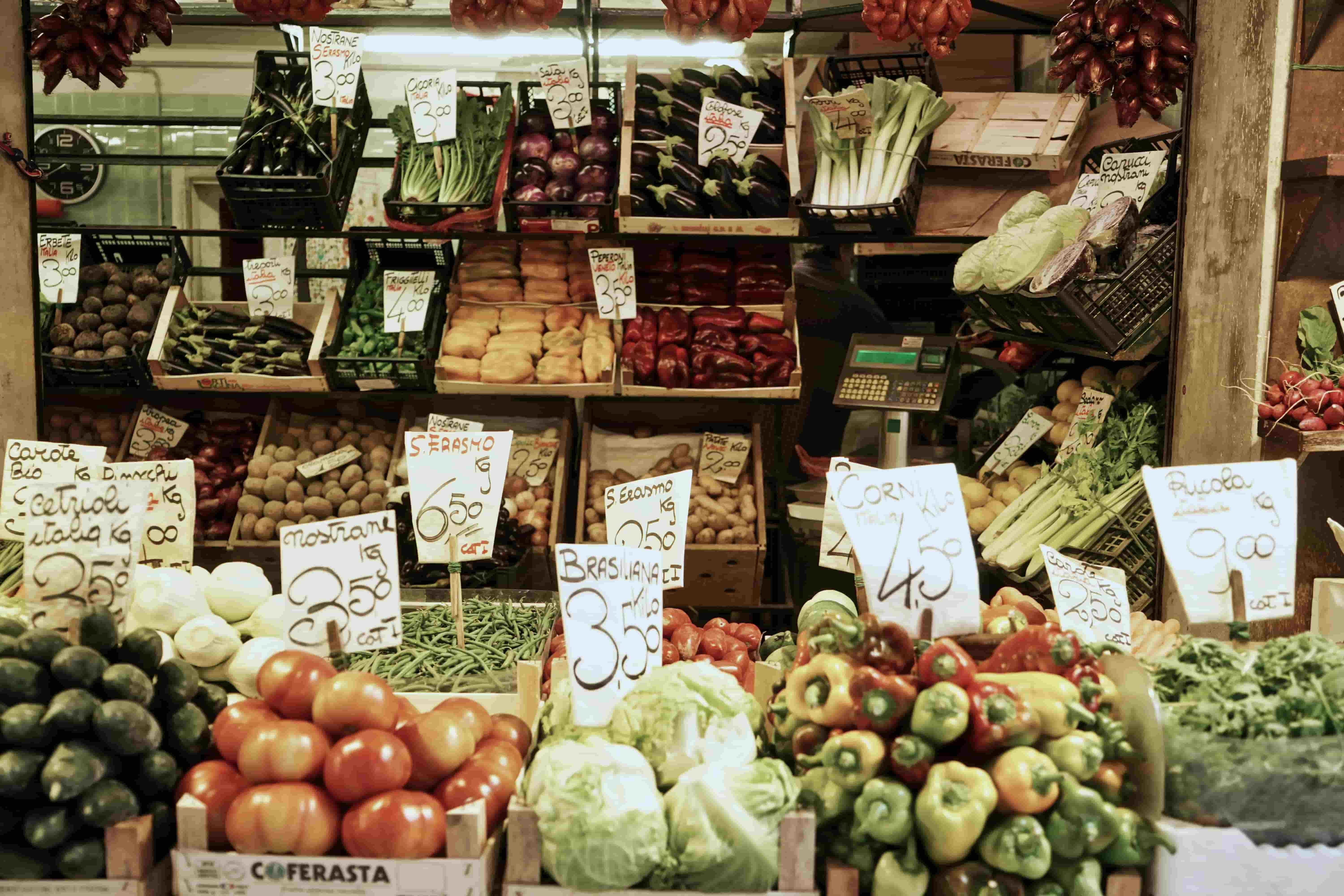
✅ Your "global sustainability" circle closes with consumers. Making people's eating habits more sustainable is a key element in reducing the environmental impact of food (and food waste) and promoting better health. Spoke 1 extensively employs methodologies involving direct stakeholder engagement, such as citizen juries, forums, and living labs. These methods and processes stimulate discussion and seek participatory solutions, starting from identified needs. Why do you think a participatory approach to research is now indispensable?
These approaches indeed start from needs, but also from expectations that, while not essential needs, become a strong element of civic participation in consumption processes. For example, an expectation of higher quality and lower environmental impact, although not a primary need, can transform into a perceived necessity for consumers as fundamental.
The consumer world is highly heterogeneous: many follow marketing trends, but an increasing number express dissatisfaction with the level of communication adopted by companies, which often emphasize emotion rather than providing precise information about production techniques.
Conversely, improving transparency in supply chains, including communication transparency, helps regain trust among the various stakeholders involved in the process, giving them a stronger voice.
As the model of large-scale distribution has become dominant, consumers have become distant third-party entities from production processes.
However, new participatory approaches recognize the importance of engaging farmers, small processors, large industries, and consumers in a common dialogue, reducing transaction costs and fostering mutual trust.
The practice of Living Labs, for instance, develops small-scale social experiments within a supply chain or a region, involving various stakeholders to achieve results that can be transferred to broader contexts.
A historical example of such a project is the Label Rouge initiative in France, a French certification mark that guarantees the superior quality of various food products. Established in 1960, this label ensures that products are produced under optimal conditions and meet specific quality requirements. The project brought together all actors in the meat supply chain to develop an environmentally respectful production system capable of ensuring certain quality and health characteristics.
Research projects like Spoke 1, such as the GEN-YOU project coordinated by the University of Pisa, follow this approach, placing collaboration among various supply chain actors at the center to achieve common sustainability and quality goals.
✅ It's hard to imagine making progress towards a more sustainable, safe, and secure food chain without embracing new food technologies (genetic technology (GT), nanotechnology, cultured meat, etc.). But public opinion often polarizes on issues related to innovations, and these perceptions need to be understood and studied first and foremost. How do you work on this front?
Our research methodology focuses primarily on analyzing consumer perceptions. This includes not only ethical aspects related to the use of genetic techniques but also the technological, economic, and social considerations accompanying these innovations. Understanding how consumers evaluate these foods is crucial, taking into account their safety, sustainability, and environmental impact.
A crucial aspect of our research is evaluating the market acceptance of these technologies. We compare the reception of cultured meat and other Novel Foods with existing food products, such as fourth and fifth-range salads. These comparisons help us better understand consumer preferences and their inclinations toward adopting new food practices.
Our analyses and recommendations extend beyond the individual level to also inform food policies. Therefore, we propose guidelines that balance the potential benefits of new technologies with public concerns, promoting effective governance and informed regulation.
The adoption of new food technologies is always both a challenge and an opportunity to improve sustainability and food safety. Returning to the theme of the need for open and informed dialogue among all stakeholders, it is crucial to ensure that innovation is guided by principles of safety, sustainability, and societal benefit as a whole.
This blog post is related to
Global Sustainability
Fair food market for healthy citizens
Referred to
Spoke 01

